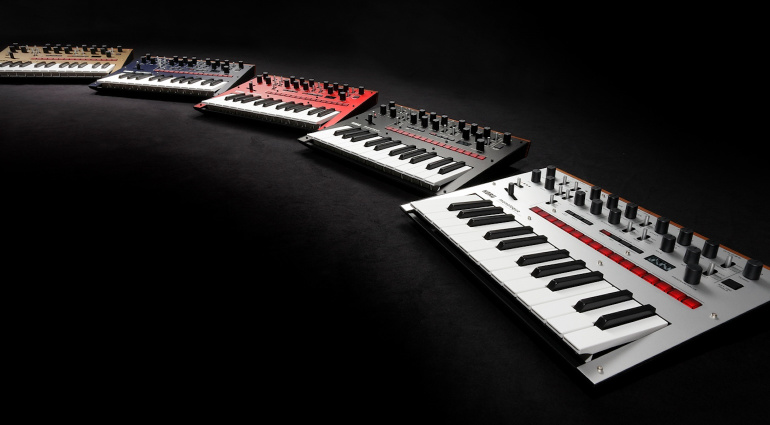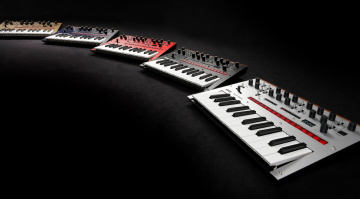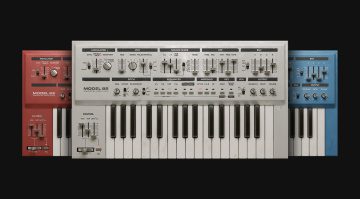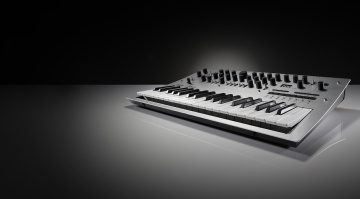How To Write A Synth Bassline: 5 Top Tips for Beginners
Make your own synth basslines from scratch.
While one of the simplest aspects of music production, it remains a hallmark of great songs. We find out how to write a synth bassline.
A synth bassline may often be written instinctively, using a drum pattern or chord progression as a guide. However, it forms the rhythmic signature from which the lead vocal can easily be built.
How To Write A Synth Bassline
From the Eurythmics’ Sweet Dreams (Are Made of This) to Rihanna’s Work, the synth bassline plays a fundamental role in the song. Its melodic component may be simple, but its sonic character and meter do just enough to stick in our heads.
- More about Eurythmics
Synth Basslines
Where to Start
Everyone composes music differently, but there are some guidelines you can follow to give your synth basslines the sound you desire. Personally, a bassline usually starts as a simple idea in my head that I may hear with a drum loop around it.

This basic pattern becomes the song’s foundation, so it’s important to get the idea down quickly in its most vivid form. Once this is done, you have a starting point to expand from and build around with the other musical elements in your track.
Alternatively, you can compose your bassline from a chord progression written on guitar or keyboard. Record the audio or MIDI into your DAW, and pay attention to the root note of each chord, as this will help you build your bassline.
Another approach to creating synth basslines is to use a bass guitar with a synth bass pedal. Although this may sound rather counterintuitive, the results are truly unique, as we can hear on tracks like Feather by Little Dragon
- More about Little Dragon

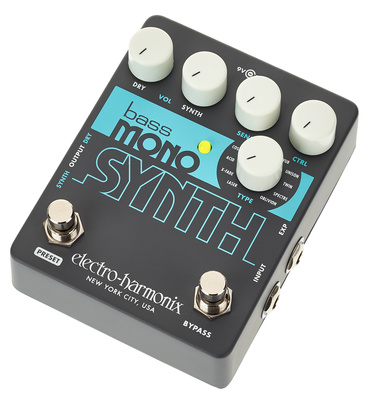

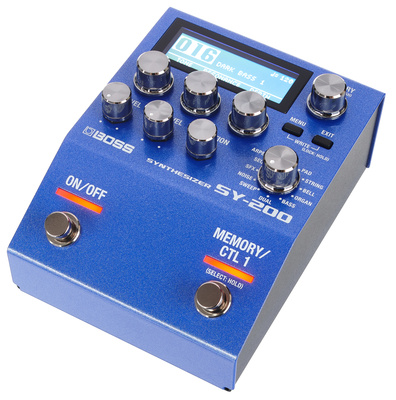
Building the Rhythm
Every bassline (even Schism by Tool) leans toward certain meters. In the 1980s, synth basslines often relied on the simple sequencers available and used even metrics like the following examples:
- Quarter notes – Controversy by Prince
- Eighth notes – Sweet Dreams (Are Made of This) by Eurythmics
- Sixteenth notes – Sin by Nine Inch Nails
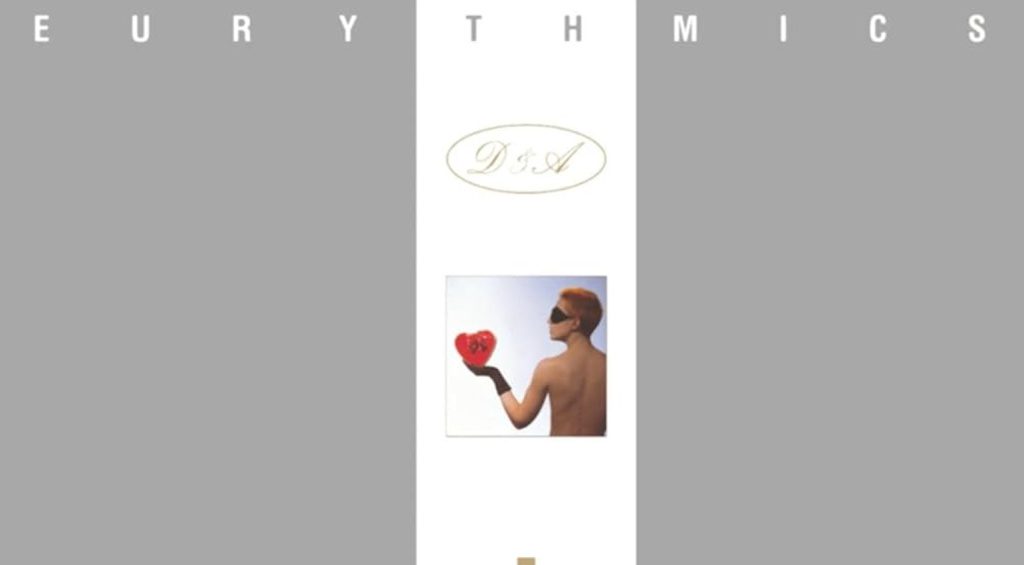
When we analyze the basslines in iconic songs, we notice some key characteristics that are common within them. When creating a bassline, you don’t have to program a note on every step of a 16-step pattern.
In fact, the silence or pauses between steps can be used as a tool to create drama and emphasize the downbeats of your drum pattern. Producers like Mark “Flood” Ellis are masters of techniques like this, as you can hear his work with artists like Cabaret Voltaire, Erasure, Nine Inch Nails, and U2.
- More about Prince

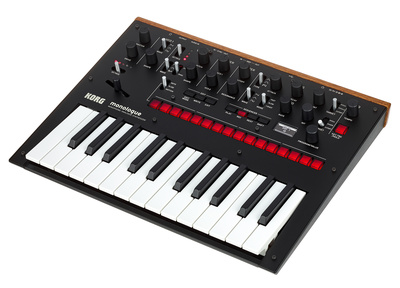
Which Notes Do I Play?
As we’ve mentioned, the root note of a chord is a great starting point, but which other notes can we use to create our basslines? For me, a bassline is more of a rhythmic than a melodic element within the blueprints of synth-pop and dance music, in which vocal and synth parts lead the composition.

Naturally, the octave is the best-sounding variation from the root, but you can also introduce the 7th, 10th (3rd), and 11th (4th) notes of any scale. These are just my own personal preferences, of course, and I tend to use the note variations as “fills” to emphasize parts of the groove.
Then, by transposing your bassline up or down, you can build a progression to extend the length of your synth pattern and create transitions as your song moves from verse to chorus. You can also extend MIDI notes to overlap and use portamento/glide to accentuate any changes in pitch.
Studying musical composition theory can help too, but there’s no guarantee that it will give you unique ideas or help you produce better music. Instead, see the information as guidelines that can help you gain a better understanding of your own creative process.

Creating THE Sound
Most hardware and software synths have a library of presets to get you started. By flipping through these settings and taking note of the parameters, you can begin to learn about the basics of synthesis.
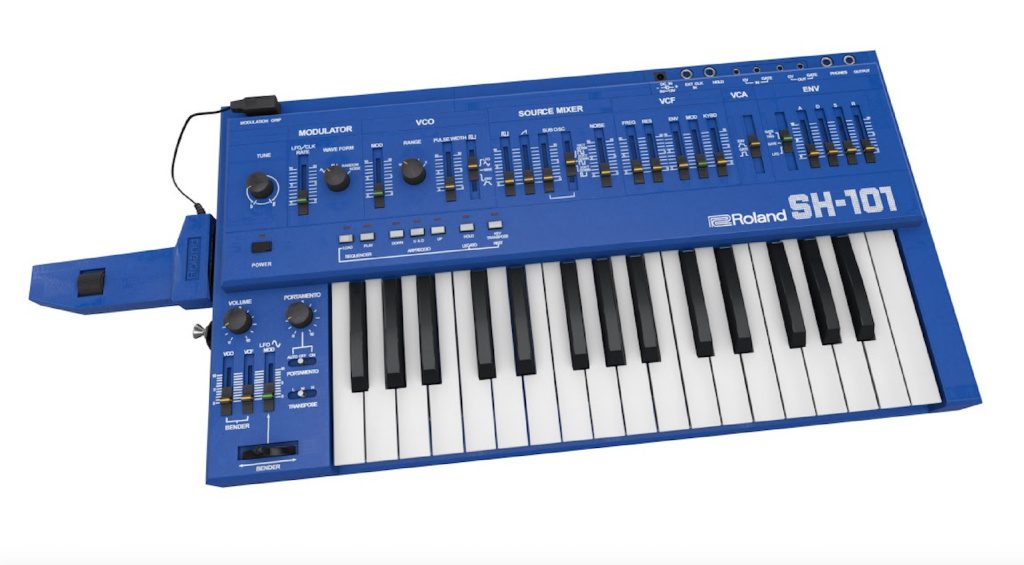
The instrument that was a catalyst in learning to create my own bass synth sounds was the Roland SH-101. With its intuitive layout and oscillator sliders, you can quickly get the hang of layering different wave shapes, and the snappy envelope and noxious filter have immense range.
With any basic analogue-style monosynth plug-in, you can start by listening to the sound of your bassline as a sawtooth, square, and pulse waveform and adjusting the envelope until the notes match the tempo, meter, and feel of your bassline.
Once you’re happy with the basic tone, you can experiment by modulating the pulse width and filter to add expression and movement. Try syncing the LFO to your tempo and shifting between different LFO shapes and divisions until you find something worthwhile.

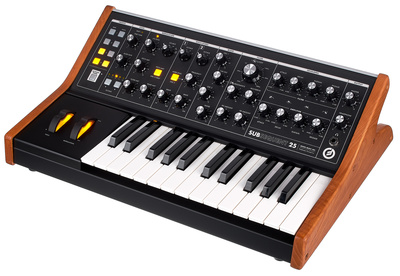
Adding Effects
Like the bass guitar we process synth basslines with compression to level out the changes in dynamics that occur naturally from playing different notes. Another neat trick is to assign your note velocity to the filter envelope amount, so you can get more bite as you trigger notes with higher velocity.
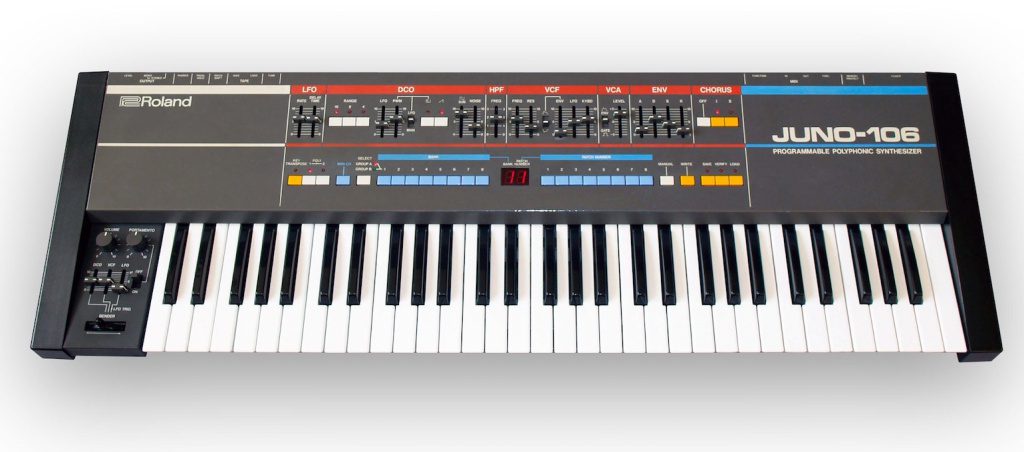
As we’ve discussed the input method you choose is essential, as each format gives us slightly different results. Playing your bassline with a MIDI keyboard has a different feel to sequencing the notes within the piano roll of your DAW.
Furthermore, using the internal sequencer within a synth plug-in presents another angle, and a hardware sequencer yet another. By choosing the method most relevant to your creative process and musical style you can create a unique sound.
Other effects like chorus (built-in on the famous Juno series), delay, reverb, and distortion can also be used to give your basslines character and depth. In addition, check out this post on sidechain compression, to help your bassline behave in your mix.

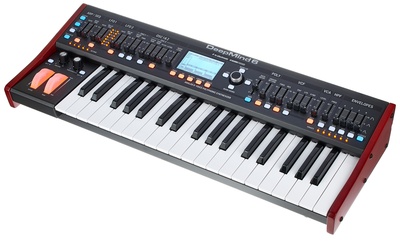
More about How To Write a Synth Bassline:
- Get the latest Synth News
- Omnisphere 2 Alternatives
- Spectrasonics Official Page
*This post about how to write a synth bassline contains affiliate links and/or widgets. When you buy a product via our affiliate partner, we receive a small commission that helps support what we do. Don’t worry, you pay the same price. Thanks for your support!

 3,9 / 5,0 |
3,9 / 5,0 | 